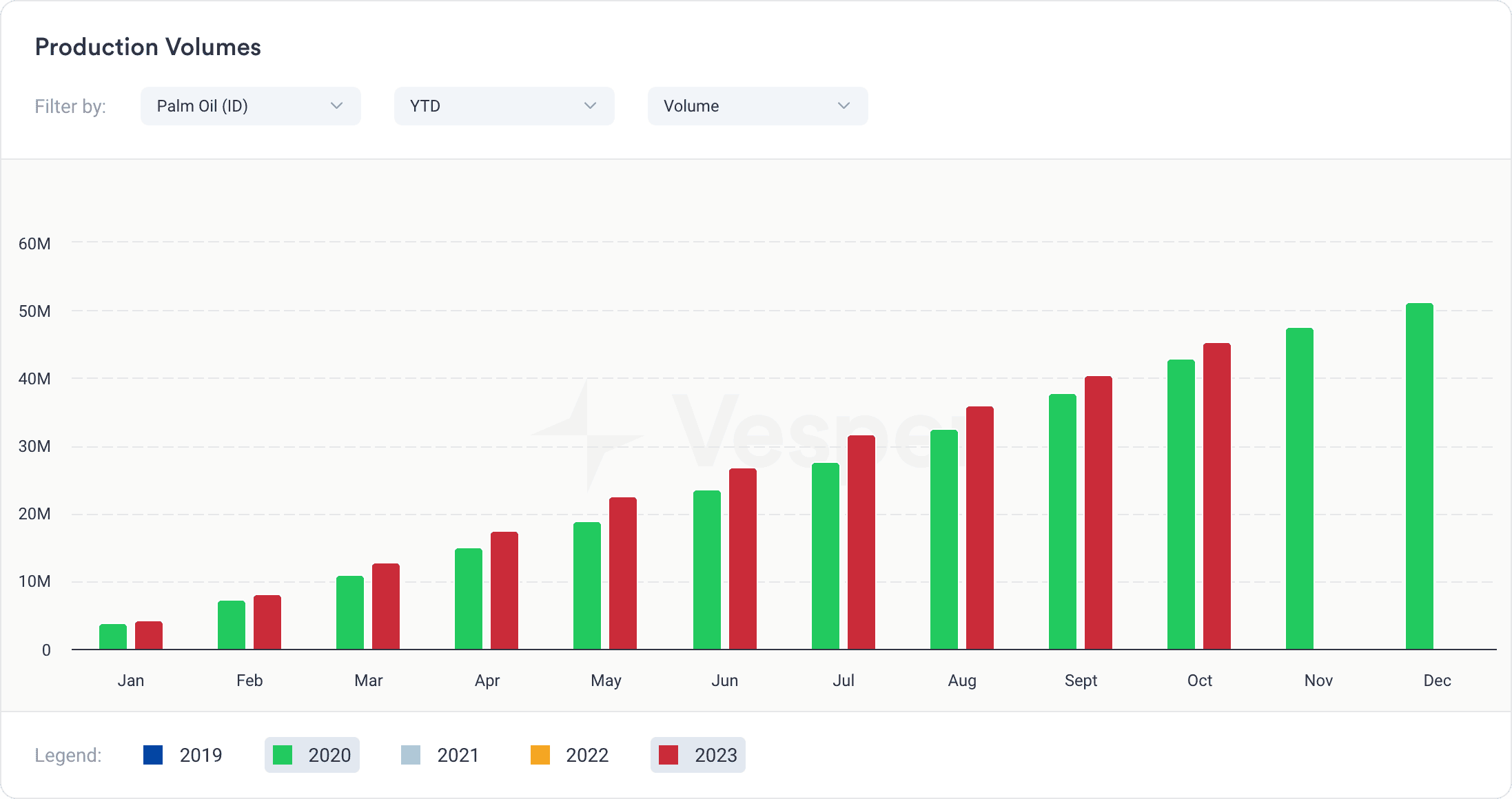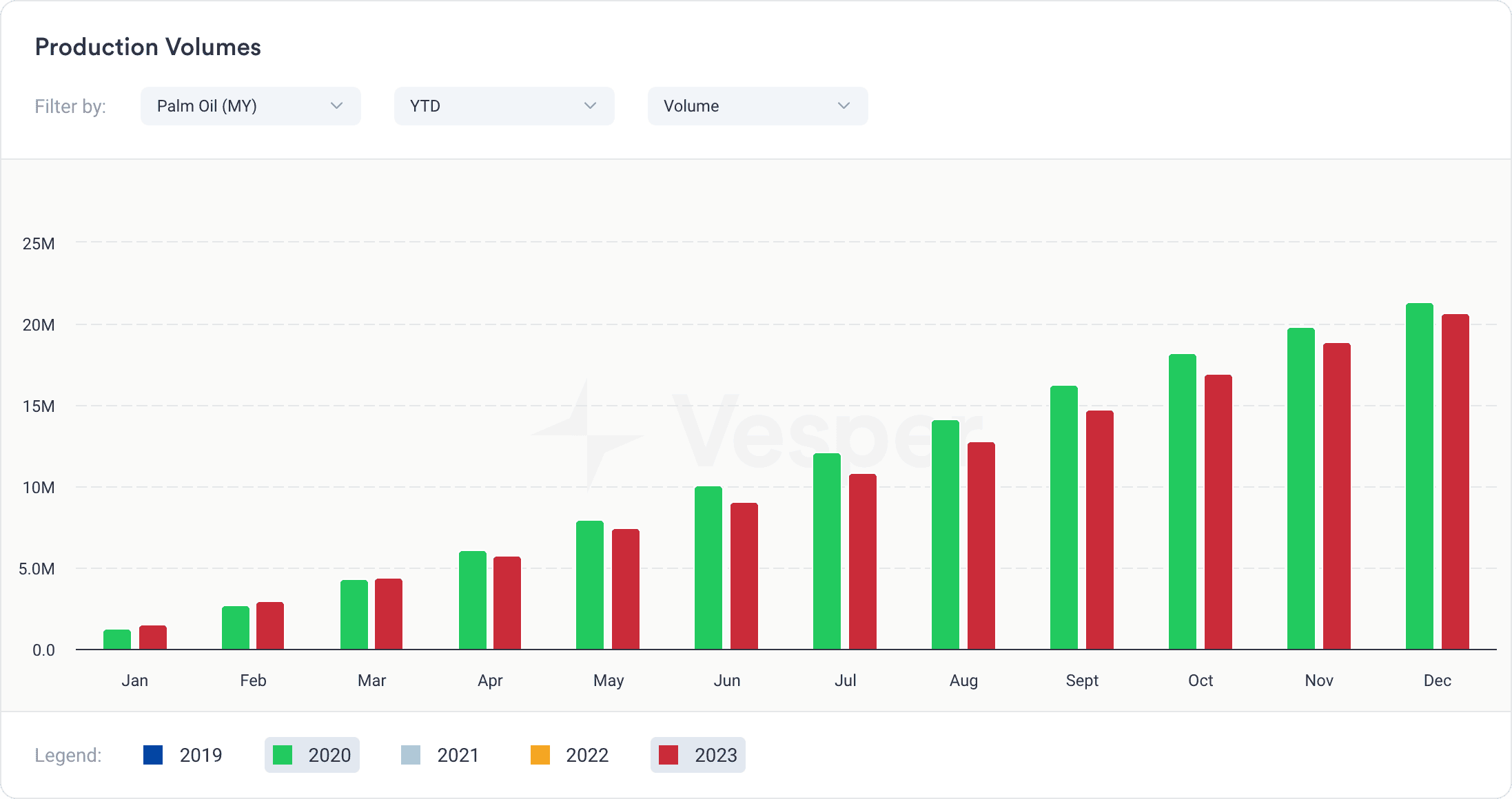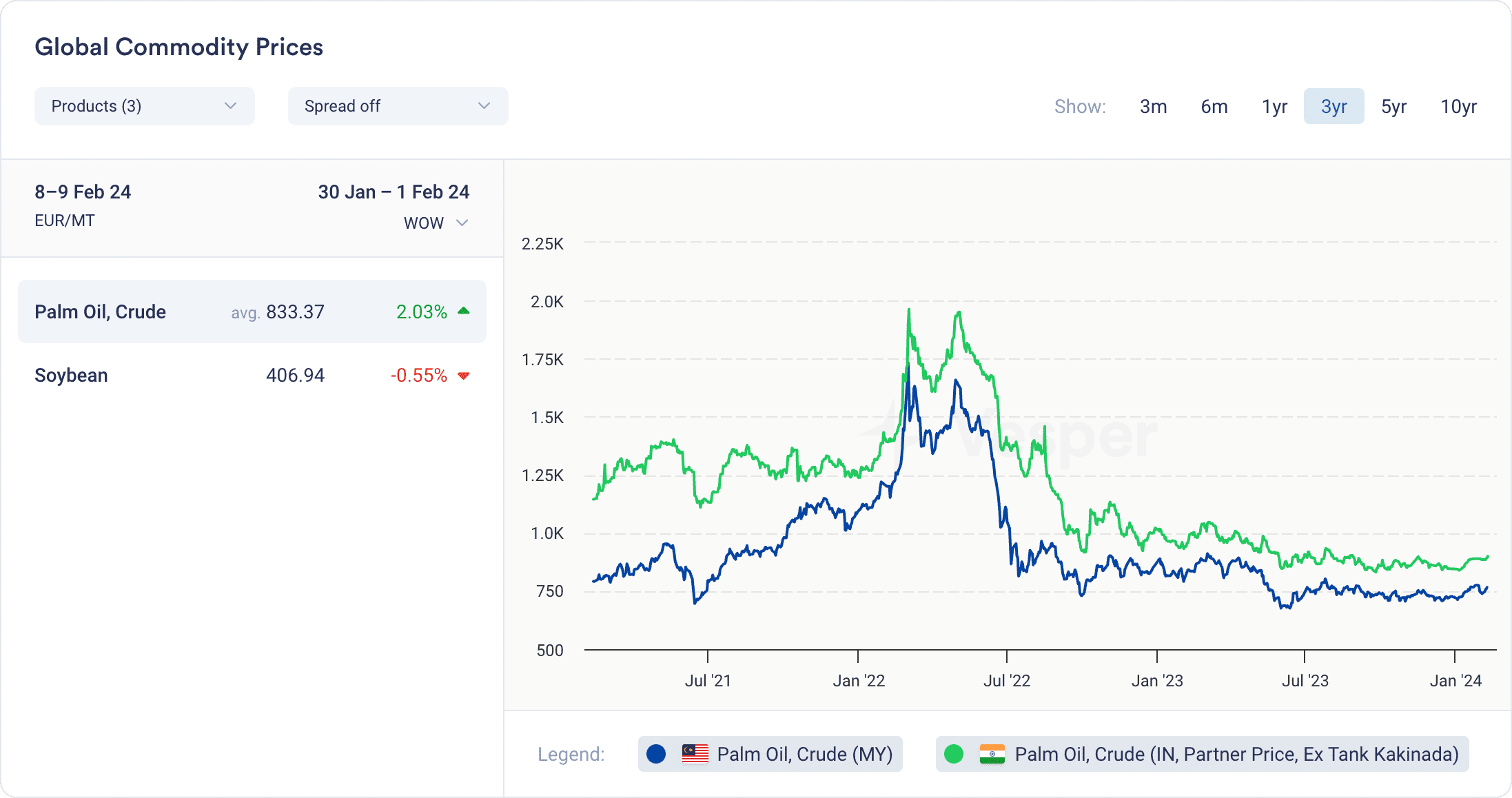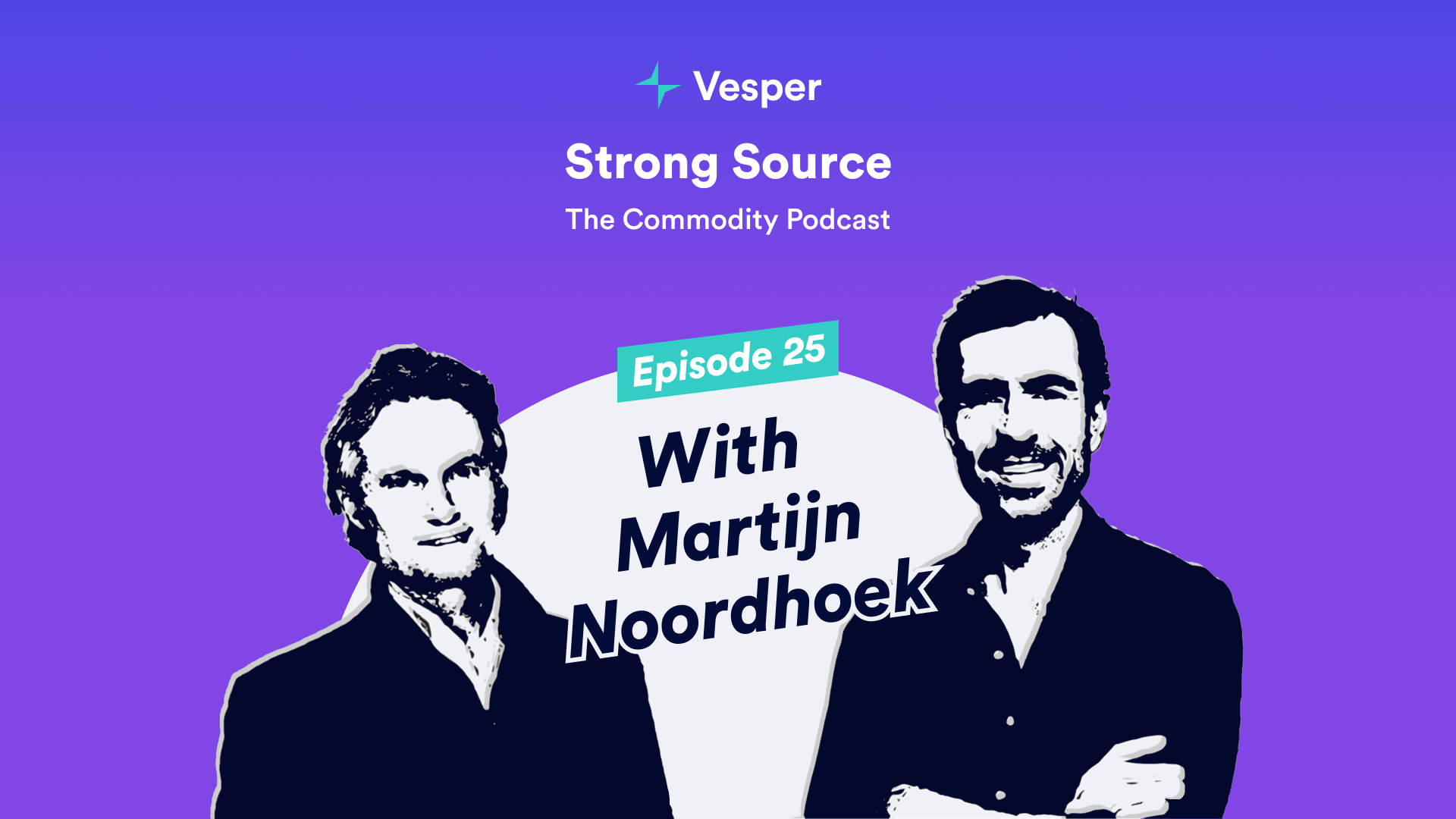Overview of Indonesia and Malaysia’s Dominance in Palm Oil Production
Indonesia and Malaysia stand as the unrivaled powerhouses in the global palm oil industry, collectively commanding over 80% of the market share. Renowned for their lush tropical climates ideal for palm cultivation, these Southeast Asian nations have solidified their positions as the leading producers and exporters of this versatile commodity. With vast plantations sprawled across their territories, Indonesia and Malaysia have become synonymous with vegetable oils, supplying a myriad of industries worldwide, from food and cosmetics to biofuels and pharmaceuticals.
This dominance isn’t merely incidental; it’s the result of decades of strategic agricultural policies, technological advancements, and substantial investments in the palm oil sector. As we delve into the intricacies of the palm oil market in Indonesia and Malaysia, it becomes evident that these nations wield significant influence, not only shaping global trade dynamics but also facing mounting pressure to address environmental and social concerns associated with palm oil production.
- Production Volumes: Comparative Analysis and Growth Trends
In examining the production volumes of palm oil in Indonesia and Malaysia, a comparative analysis reveals intriguing insights into the trajectory of these two industry giants. According to recent data sourced from reputable industry sources such as the Indonesian Palm Oil Association (GAPKI) and the Malaysian Palm Oil Board (MPOB), Indonesia has maintained its position as the world’s largest producer of palm oil, consistently surpassing Malaysia in output. However, both countries have experienced steady growth in production volumes over the years, driven by factors such as increasing global demand, expanding cultivation areas, and advancements in agricultural practices.
Indonesia’s palm oil production has exhibited remarkable growth (see figure 1 – Palm Oil Production Volumes Indonesia 2020 vs 2023), propelled by its vast land resources and government support for the palm oil industry. The archipelago nation’s production figures have surged annually, with new plantations being established and existing ones optimized for higher yields. Conversely, Malaysia, while trailing behind Indonesia in total output, has demonstrated resilience and innovation in enhancing its production efficiency. The Malaysian government’s initiatives to promote sustainable practices and replanting programs have contributed to maintaining competitiveness in the global market.
Figure 1: Palm Oil Production Volumes Indonesia 2020 vs 2023

Figure 2: Palm Oil Production Volumes Malaysia 2020 vs 2023

Despite their dominance, both Indonesia and Malaysia are cognizant of the challenges posed by environmental sustainability and social responsibility. Increasing scrutiny from consumers, environmental groups, and regulatory bodies has prompted concerted efforts towards sustainable palm oil production. Initiatives such as the Roundtable on Sustainable Palm Oil (RSPO) certification and commitments to zero-deforestation policies are gaining traction in both countries, signaling a shift towards more environmentally and socially responsible practices within the industry.
As we delve deeper into the production volumes and growth trends shaping the palm oil market in Indonesia and Malaysia, it becomes apparent that while these nations continue to lead in quantity, the emphasis on quality and sustainability is becoming increasingly paramount. Balancing economic prosperity with environmental conservation and social welfare remains a complex challenge, but one that these key players in the palm oil industry are actively addressing to secure a sustainable future for the sector.
2. Export Statistics: Major Destinations and Their Impact on Pricing
Analyzing export statistics reveals the pivotal role of major destinations in shaping the pricing dynamics of palm oil from Indonesia and Malaysia. Both countries rely heavily on international trade, with a significant portion of their palm oil production destined for foreign markets. Leveraging data from trade databases and industry reports, we can discern patterns in export destinations and their influence on pricing trends.
China emerges as a dominant importer of palm oil from Indonesia and Malaysia, driven by its burgeoning population and robust economic growth. The country’s insatiable demand for edible oils, coupled with palm oil’s cost-effectiveness and versatility, positions it as a key market for both nations. Consequently, fluctuations in Chinese demand can exert considerable pressure on palm oil prices, impacting profitability for producers in Indonesia and Malaysia alike.
India also ranks prominently among the top importers of palm oil, owing to its vast population and extensive consumption of cooking oils. However, regulatory changes and geopolitical factors can significantly impact India’s import policies, leading to fluctuations in demand and pricing dynamics. Recent developments such as import tariffs and restrictions have underscored the vulnerability of palm oil markets to external influences.
Southeast Asian countries such as Pakistan and Bangladesh constitute significant markets for Indonesian and Malaysian palm oil exports, driven by their growing populations and expanding food industries. These nations rely on palm oil as a cost-effective cooking oil and an essential ingredient in various food products, contributing to steady demand and stable pricing trends.
Beyond Asia, the European Union (EU) represents a critical export destination for palm oil, albeit amid increasing scrutiny over environmental and sustainability concerns. Regulatory measures and consumer preferences for sustainable palm oil products have prompted shifts in market dynamics, influencing pricing mechanisms and trade strategies for Indonesian and Malaysian exporters.
As we delve into the export statistics of palm oil from Indonesia and Malaysia, it becomes evident that major destinations wield considerable influence over pricing dynamics. The interplay between demand, regulatory frameworks, and geopolitical factors underscores the intricacies of global palm oil trade, highlighting the importance of diversification and strategic partnerships in navigating market fluctuations and ensuring sustained growth for palm oil producers in Southeast Asia.
3. Sustainability Practices: RSPO Certification and Its Market Implications
The Roundtable on Sustainable Palm Oil (RSPO) certification has emerged as a cornerstone of sustainability practices within the palm oil industry, offering a framework for producers to adhere to environmentally and socially responsible standards. As consumers and stakeholders increasingly demand transparency and accountability, RSPO certification has become a vital tool for Indonesian and Malaysian palm oil producers to demonstrate their commitment to sustainable practices.
RSPO certification signifies adherence to stringent criteria encompassing various aspects of palm oil production, including land management, biodiversity conservation, and the rights of workers and local communities. Producers certified by RSPO undergo rigorous assessments and audits to ensure compliance with these standards, thereby fostering trust and credibility among consumers and buyers worldwide.
The market implications of RSPO certification are profound, with certified palm oil commanding premium prices and enjoying preferential access to environmentally conscious markets. Major multinational corporations, including food manufacturers, cosmetic companies, and retailers, have committed to sourcing sustainable palm oil certified by RSPO, reflecting a growing trend towards ethical consumption and corporate responsibility.
Indonesia and Malaysia, as leading producers of palm oil, have witnessed a surge in RSPO-certified plantations and mills in response to market demand for sustainable products. The adoption of RSPO standards not only enhances the environmental and social performance of palm oil production but also opens doors to new market opportunities and strengthens the long-term viability of the industry.
However, challenges remain in achieving widespread adoption of RSPO certification across the palm oil supply chain. Smallholder farmers, who account for a significant portion of palm oil production in Indonesia and Malaysia, face barriers such as limited resources and technical know-how in meeting certification requirements. Efforts to support smallholders in adopting sustainable practices and accessing certification are crucial for advancing the sustainability agenda in the palm oil sector.
In conclusion, RSPO certification plays a pivotal role in driving sustainability practices and shaping market dynamics in the palm oil industry. As Indonesian and Malaysian producers increasingly embrace certification, the market for sustainable palm oil continues to expand, offering promising opportunities for stakeholders committed to responsible production and consumption.
4. Price Trends: Analysis of Recent Years and Future Outlook
In exploring the nuances of the palm oil market, one can discern significant insights into the industry’s ebb and flow, which are swayed by a confluence of elements, including the core principles of supply and demand, geopolitical upheavals, and the broader spectrum of macroeconomic factors. The landscape of recent years highlights the pronounced volatility in palm oil prices, a testament to the complex dance of differing influences and market dynamics. Delving into a detailed palm oil price comparison between Malaysia and Indonesia can reveal fascinating contrasts and parallels, underscoring the intricate balance within this vital sector.
In the past decade, palm oil prices have experienced significant volatility (see figure 3), with periods of both surges and declines. Factors such as weather-related disruptions, changes in government policies, and shifts in global demand have contributed to price movements, creating challenges and opportunities for producers, traders, and consumers alike.
Figure 3: Global Commodity Prices Widget – Palm Oil Crude for Malaysia and Indonesia

In 2020, palm oil prices reached multi-year highs, driven by supply concerns stemming from adverse weather conditions in major producing regions, particularly Indonesia and Malaysia. The COVID-19 pandemic further exacerbated supply chain disruptions and labor shortages, leading to a tightening of palm oil supplies and upward pressure on prices.
However, the subsequent year saw a reversal of fortunes, with palm oil prices experiencing a sharp correction amid easing supply constraints and subdued demand due to economic uncertainties and lockdown measures. Additionally, concerns over sustainability issues and regulatory changes in key import markets, such as the European Union, exerted downward pressure on prices.
Looking ahead, the future outlook for palm oil prices remains subject to various factors and uncertainties. Economic recovery from the pandemic, shifts in dietary preferences, developments in renewable energy policies, and climate change impacts on agricultural productivity are among the key drivers that could shape price dynamics in the coming years.
Furthermore, geopolitical tensions, trade disputes, and environmental concerns regarding palm oil production may influence market sentiments and price trajectories. Efforts to promote sustainable practices and enhance transparency in the palm oil supply chain could also impact pricing, as consumers increasingly prioritize ethical and environmentally responsible products.
In conclusion, while palm oil prices have exhibited volatility in recent years, the outlook for the future hinges on a complex interplay of factors spanning economic, environmental, and regulatory domains. Producers, traders, and consumers must remain vigilant and adaptive to navigate the evolving landscape of the palm oil market and capitalize on emerging opportunities while mitigating risks.
5. Regulatory Impact: Government Policies and Their Effect on the Market
Government policies wield significant influence over the palm oil industry in Indonesia and Malaysia, shaping market dynamics and driving strategic priorities aimed at promoting sustainable development, economic growth, and social welfare. In recent years, both countries have implemented various regulatory measures and initiatives targeting different aspects of palm oil production, trade, and sustainability.
In Indonesia, the government has implemented policies aimed at increasing domestic value-added processing of palm oil, such as the mandatory use of biodiesel blends known as B20 and B30. These mandates not only stimulate domestic demand for palm oil but also reduce reliance on fossil fuels, bolstering Indonesia’s energy security and reducing greenhouse gas emissions. For instance, in 2022, Indonesia mandated the use of B30 biodiesel fuel, increasing the blend rate from B20 to B30, demonstrating the government’s commitment to sustainable energy practices. Additionally, the Indonesian government has introduced initiatives to improve smallholder productivity, enhance land-use planning, and address environmental concerns associated with palm oil cultivation, including efforts to curb deforestation and peatland degradation.
Similarly, in Malaysia, government policies focus on enhancing the competitiveness and sustainability of the palm oil industry while balancing economic development with environmental conservation. Measures such as the Malaysian Sustainable Palm Oil (MSPO) certification scheme aim to promote sustainable practices among palm oil producers, aligning with global standards and market expectations for responsible sourcing. Additionally, Malaysia has sought to diversify its palm oil exports and expand into emerging markets while addressing challenges such as labor shortages and land use conflicts. In 2023, Malaysia announced plans to expand its palm oil exports to new markets in Africa, Latin America, and the Middle East, diversifying its export destinations and reducing reliance on traditional markets.
However, government policies in both countries also face scrutiny and criticism from various stakeholders, particularly regarding environmental sustainability, land rights, and labor practices. Concerns over deforestation, biodiversity loss, and social conflicts associated with palm oil expansion have prompted calls for stronger regulations, enforcement mechanisms, and transparency measures to mitigate negative impacts and ensure accountability across the supply chain.
As Indonesia and Malaysia navigate the complex landscape of regulatory challenges and opportunities in the palm oil industry, collaboration with stakeholders, including civil society, the private sector, and international organizations, remains crucial for achieving sustainable development goals while maintaining competitiveness in the global market. Effective governance, informed decision-making, and continuous engagement with stakeholders will be essential in shaping a resilient and responsible palm oil sector that balances economic prosperity with environmental and social considerations.
Forecasting 2024: Predictions Based on Current Trends and Data Analysis
As we peer into the future of the palm oil industry in Indonesia and Malaysia, predictions for 2024 are shaped by ongoing trends and data analysis. Despite facing challenges such as fluctuating prices, environmental concerns, and evolving regulatory landscapes, both countries are poised to maintain their dominant positions in the global palm oil market.
Continued investments in sustainable practices, technological innovations, and value-added processing are expected to bolster productivity and competitiveness, driving growth in production volumes and export revenues. Moreover, increasing demand from emerging markets, coupled with rising consumer awareness of sustainability issues, is anticipated to stimulate further diversification of palm oil products and market expansion.
However, uncertainties surrounding geopolitical developments, climate change impacts, and shifts in consumer preferences underscore the need for agility and adaptability within the industry. By leveraging data-driven insights and strategic foresight, stakeholders in Indonesia and Malaysia can navigate challenges and seize opportunities to ensure a resilient and sustainable future for the palm oil sector in the years ahead.
Want to learn more about how Oleofinos uses Vesper to increases their negotiation power and lowers its palm oil purchasing costs? Read the case study here.



